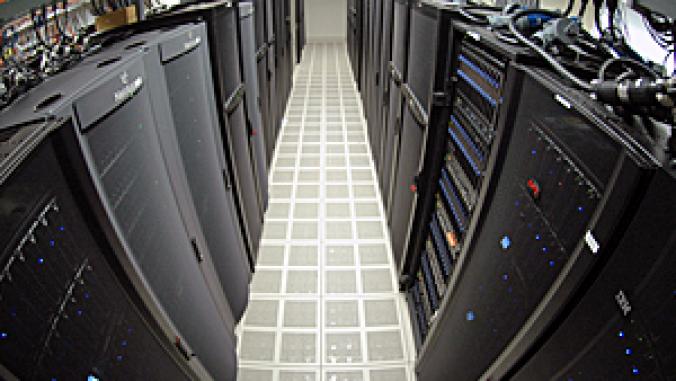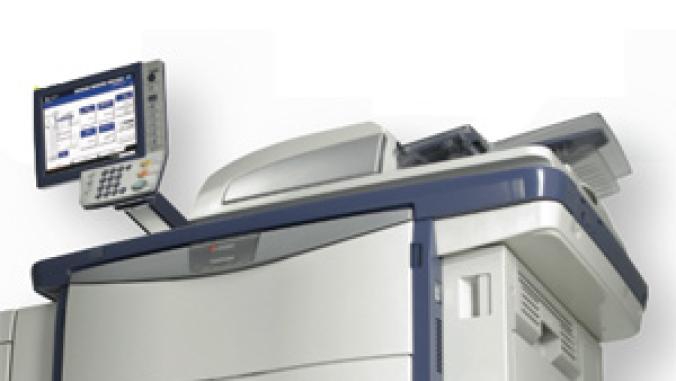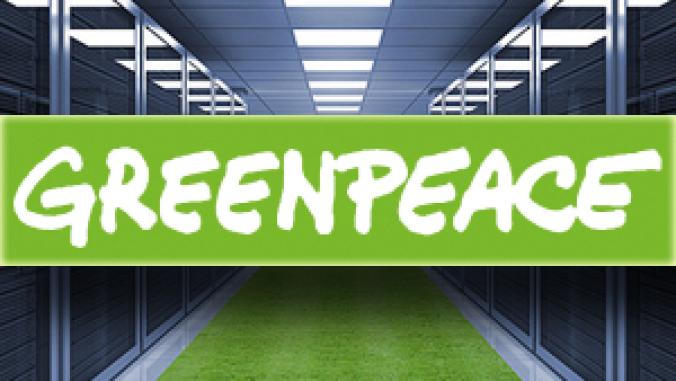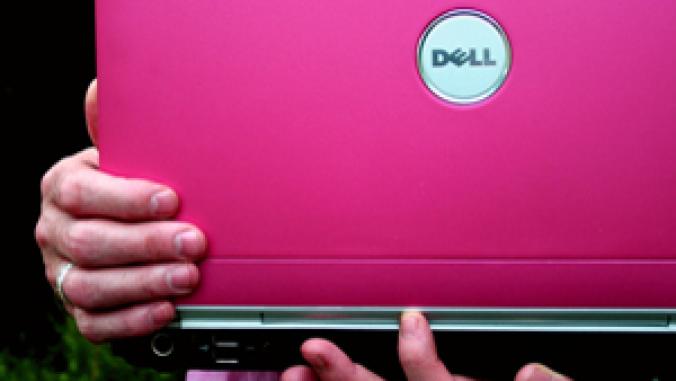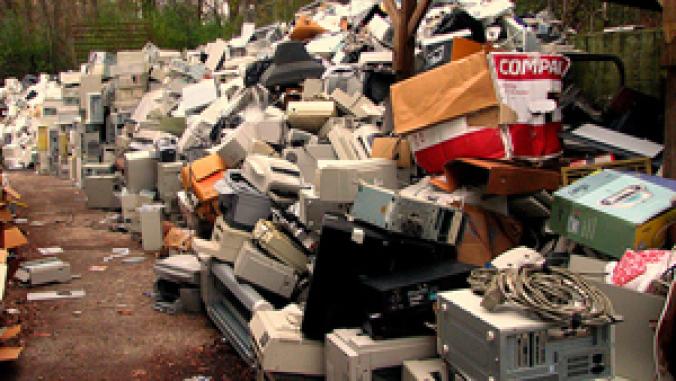Broadcom's AutoGrEEEn Taps into New Energy Efficient Ethernet Standard
<p>With the release of a newly ratified standard on energy efficient ethernet, Broadcom has released a line of products that meet the new standard as well as make older equipment compatible and capable of saving 70 percent of energy used.</p>

At the end of September, the IEEE ratified a new standard for energy-efficient ethernet (EEE), one that can make a big impact on the energy used by networking equipment: As much as 90 percent of the time, an ethernet connection is idle but still drawing power.
The new standard, with the unwieldy name of IEEE Std. 802.3az-2010, implements a dual-power state for ethernet connections, a high-power and lower-power state, that can cut down the energy used during those idle times.
As ZDNet's David Chernicoff explains in a blog post:
The standard specifies a technique known as Low Power Idle which reduces the power consumption when a link isn't being used. Given the bursty nature of most Ethernet traffic, this can result in a considerable reduction in power usage; especially for high-performance technologies such as 10GbE (1GbE and 100MbE are also covered within the standard).
The technology is focused on energy utilization of the underlying silicon by allowing for a rapid state change so that it is unnecessary for the entire circuit to remain powered up at all times; switching from a low-powered state to the high-powered transmission state quickly enough that there is no noticeable impact on network performance while reducing the overall energy usage of EEE-based hardware. Curiously enough, when 10BaseT was introduced, it only used peak transmission power when it had data to send, but all later (and higher performing) standards operate in a full-time powered up mode.
While this is all very interesting to the networking guys, from a theoretical approach, it will be up to the hardware vendors to implement solutions that build on this basic technology.
That's where Broadcom comes in. The week after the standard was ratified, Broadcom unveiled its AutoGrEEEn line of products, which are EEE-compliant but can also bring EEE compatibility to older products that don't meet the new standard.
The AutoGrEEEn technology incorporates the EEE standard into Broadcom's PHYs and puts them in energy-efficient mode even when connecting with non-EEE enabled MAC devices. It allows IT managers to make their existing equipment backward-compatible with the new standard by simply changing the PHY devices.
According to Wael William Diab, a technical director in Broadcom's office of the CTO and Vice-Chair of the IEEE's working group on the energy-efficient ethernet standard, companies using AutoGrEEEn can save 70 percent or more on the energy used by your ethernet connections.
"We recognized up-front that people are going to want this technology as quickly as possible," Diab said. "This is one of the hottest topics [in the industry], so it's important for us to find a way to get our customers a quick time to market."
AutoGrEEEn is a combination of the hardware PHYs and controllers that meet the new low-power standard, as well as a software layer that both helps non-compliant devices get the benefits of the EEE standard and lets IT managers set policies for when networking devices go into the low-power states in order to not impact traffic.
"The problems for most OEMs is that [meeting any new standard] just makes the dev cycle so much longer," Diab said. "It involves a major change to their software and their hardware, and they need to open up their silicon. But we say, 'look, not only do we have the EEE technology in the PHY, we've added this to plug into your stuff as well. It makes their R&D cycle much shorter to turn out EEE capable stuff."
More information, including a white paper [PDF] explaining the new standard and the AutoGrEEEn technology, is online at Broadcom.com.
Photo CC-licensed by Phil Wiffen.
